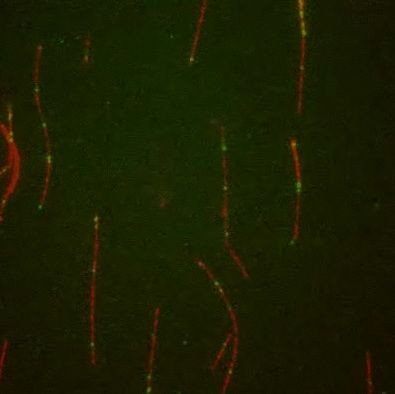Dynein's Gait Discovery a 'First Step' in Brain Disease Fight

Researchers have discovered that the transport protein dynein moves differently from cells’ two other transport proteins.
The protein’s malfunction has been associated with Lou Gehrig’s disease and Parkinson’s.
Researchers say the discovery is a “first step” that may one day shed light on the molecular basis of neurodegenerative disease.
The finding was published in the journal Nature Structural & Molecular Biology.
The research was led by Samara Reck-Peterson of Harvard Medical School.
Researchers noted Dyenin is one of three types of “motor proteins” that shuttles materials needed to keep cells alive, allow cells to divide and communicate with other cells.
The other proteins are myosin and kinesin. The proteins use the energy from breaking chemical bonds to generate movement.
Reck-Peterson said in a released statement on Saturday that while myosin and kinesin motors work by “walking more or less like we do: one foot in front of the other in a straight line,” the Dyenin protein “appears to be different.”
“Its two feet are at times uncoordinated and often veer from side to side (think drunken sailor),” Reck-Peterson wrote. “This mode of walking makes the dynein motor unique and may allow it to navigate obstacles while performing its transport functions in cells.”
“Interestingly, our data also suggest that the dynein motor becomes more coordinated when it is hauling something large, implying that the motor can become more efficient when necessary."
Published by Medicaldaily.com



























